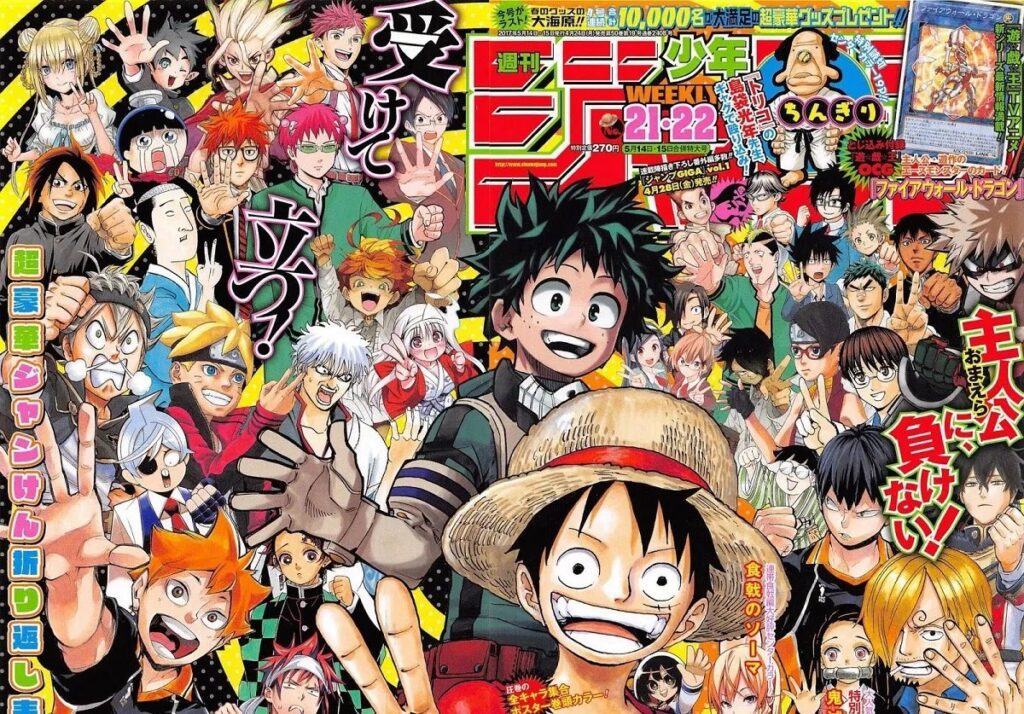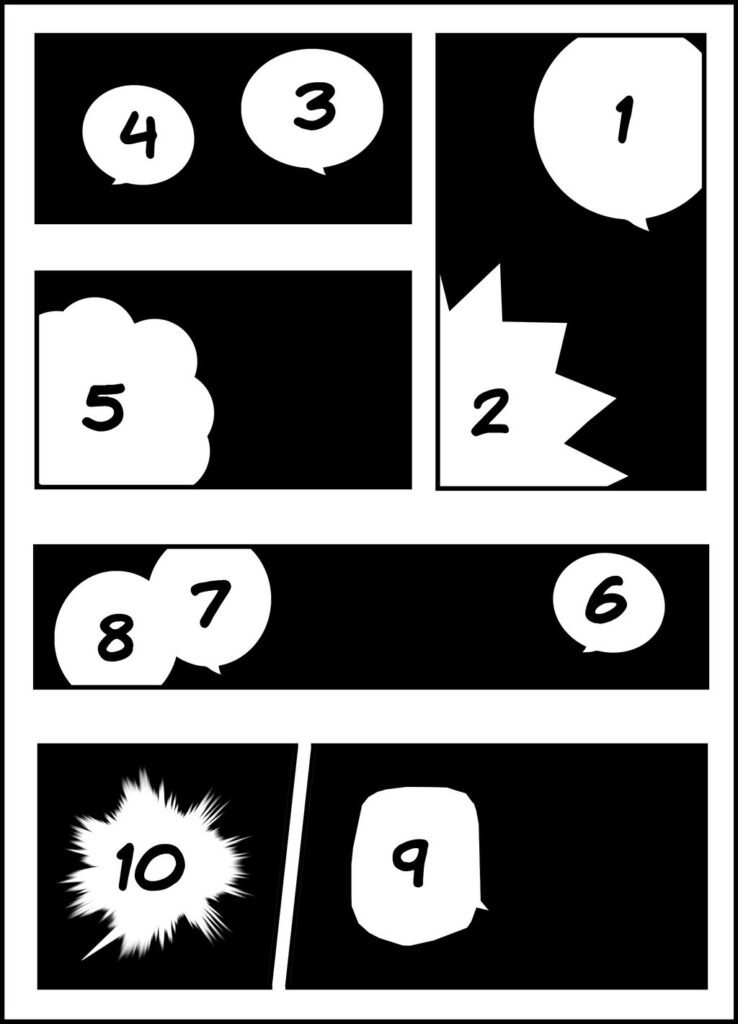By Samantha Massena
When I was young and discovered manga, it was wonderful. So many different comics to read, that often even had an anime show to go with them! I’ve gained a lot of knowledge of manga over the years, through tons of trial and error. Now I’m hoping I can help new manga readers, gift givers, parents, and more, to avoid my past mistakes and learn about the wonderful world of manga!
What is manga?
Manga is basically the Japanese word for “comic book”. We continue to use that word instead of its translation because manga, despite being a comic, actually has a TON of differences from western comics. This makes it easier for everyone to tell what kind of book they are reading.
Why is the book backwards?!
The first problem almost all western readers run into is formatting! In Japanese, the writing goes the opposite direction. So instead of the standard English left to right, it’s right to left. When manga is translated into English, it’s very different from if the same is done to a Japanese novel. Because of the way comics work–the panels, drawings, and special touches–the book simply wouldn’t make sense unless it stays in the original formatting. Here’s a good example of how to read the dialogue in manga!
Age groups and genres
Just like western books, manga can be about all different types of things, and encompasses tons of subjects and genres. However, it also has specific sub-genres that can help categorize the age group and sometimes the content. This is pretty important when picking a new one to read. You definitely don’t want to give a book that’s the wrong age group to someone. So, let’s go over these demographics, sub-genres and what they mean, with some popular books that fall into this category.
“Shonen” Manga
Shonen in Japanese is the word for young boy or young man, so this type of manga is for the 12-18 age group. It’s often super fun to read, especially with its common themes of friendship and huge battles. Most of the time books in this genre focus on a male protagonist.
Shonen is also one of the most popular, with well-known titles such as Naruto, My Hero Academia, One Piece, and Fullmetal Alchemist. When you think of anime and manga, this is the type of manga that most people think of first, probably due to the popular magazine Shonen Jump!.
As a heads up to parents and gift givers, Shonen can be pretty age-ambiguous. For example, Naruto and Attack on Titan are both considered Shonen, but while Naruto is great for readers anwhere from ten to twenty, Attack on Titan is pretty gory and is best suited for older teens and adults. Although every kid and parent is different, be sure to keep this in mind.

“Shoujo” Manga
Just like with Shonen, Shoujo means young girl, and is for the 12-18 age demographic. This is where you’ll find all the magical girls and romance for days! This is personally my favorite, because the drama is often done very well.
In Shonen, it’s typical for the manga to run for years and years, putting out hundreds of chapters. In the case of aforementioend Shonen series One Piece, there are even over a hundred volumes! Shoujo, on the other hand, typically has shorter runs, around 50-100 chapters (that may sound like a lot, but “chapters” in this case aren’t as long as what you’ll find in most novels). For context, this length of manga often translates to a season or two of anime.
Don’t count Shoujo out based on length, hwoever. It has some gigantic names as well, such as Sailor Moon, Fruits Basket, Ouran High School Host Club, and more. It also has fun tropes, from the likes of a cute Valentine’s Day confession, all the way to saving the world with the power of love and friendship.

“Seinen” and “Josei” Manga
Seinen and Josei are like Shonen and Shoujo but are for adults over 18. They have similar types of content, like battles or romance, but can be more graphic or explicit. Sometimes they’re not, but the subject matter will usually be heavier in some way than a younger reader is accostomed to.
However while Josei means adult women, Seinen just means any adult. The implication here is that Josei is a little more romantic and dramatic than Seinen is. Some Seinen and Josei might be alright for older teens but I’d leave this up to the discretion of the parents.
Some famous examples of Josei would be Nana, Paradise Kiss, Wotakoi: Love is Hard for an Otaku, and more, whereas popular Seinen titles include Akira, Neon Genesis Evangelion , Death Note, and Berserk.
The world of manga is as vast and varied as that of western comics, and once you get used to the finer details I explained above, you’ll quickly see just how rewarding reading it can be! Happy exploring.

